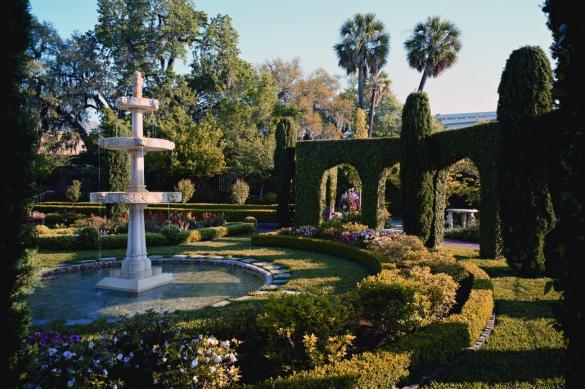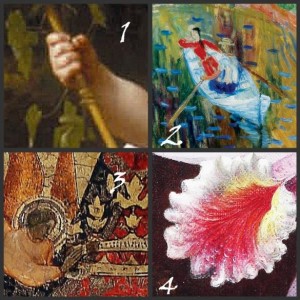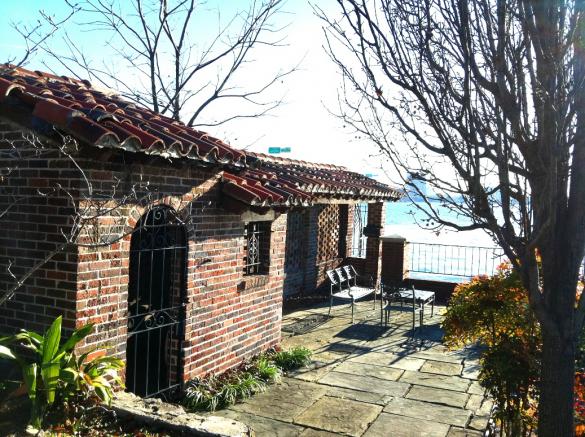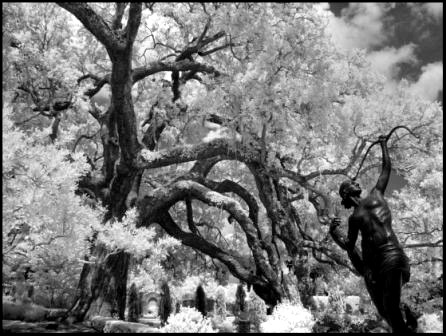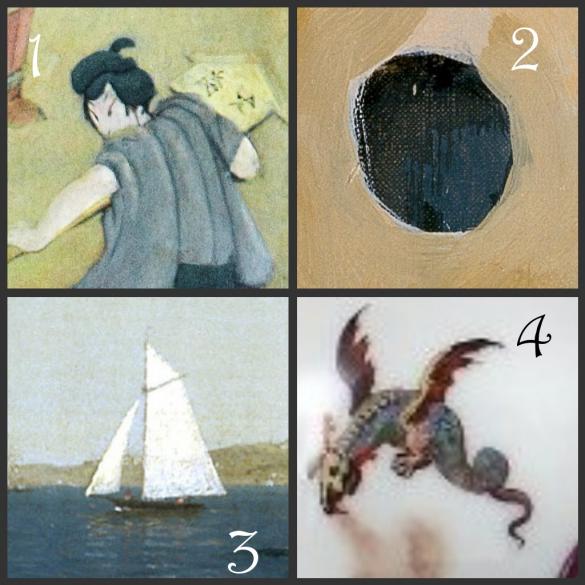 How well do you know The Cummer? If you think you can identify these items—currently on display throughout the Museum as 50 Favorites. Write your guesses in the comment section below and we will give the answers in two weeks, along with the next challenge. One winner will receive a complimentary one-day pass to the Museum. Good luck!
How well do you know The Cummer? If you think you can identify these items—currently on display throughout the Museum as 50 Favorites. Write your guesses in the comment section below and we will give the answers in two weeks, along with the next challenge. One winner will receive a complimentary one-day pass to the Museum. Good luck!
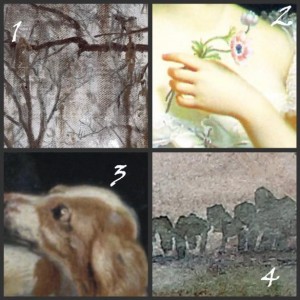 1. Herman Herzog (German/American, 1832 – 1932), Figure in a Landscape, c. 1910, oil on canvas, 15 13/16 x 19 7/8 in., Gift of Mr. and Mrs. C. Herman Terry, AG.1987.11.1.
1. Herman Herzog (German/American, 1832 – 1932), Figure in a Landscape, c. 1910, oil on canvas, 15 13/16 x 19 7/8 in., Gift of Mr. and Mrs. C. Herman Terry, AG.1987.11.1.
2. René-Théodore Berthon (French, 1776 – 1859), Portrait of Princess Pauline Borghèse and the Baroness de Mathiesse, c. 1810, oil on canvas, 83 7/8 x 69 ½ in., Museum purchase with Council funds, AP.2002.2.1.
3. Peter Thijs (Flemish, 1624 –1677) and Pieter Boel (Flemish, 1622 – 1674), Huntsman with His Dogs and Game, c.1650, oil on canvas, 72 x 103 ½ in., Gift of the Samuel H. Kress Foundation, AG.1961.9.1.
4. Winslow Homer (American, 1836 – 1910), The White Rowboat, St. Johns River, 1890, watercolor on paper, 14 x 20 in., Bequest of Ninah M. H. Cummer, C.0.154.1.

